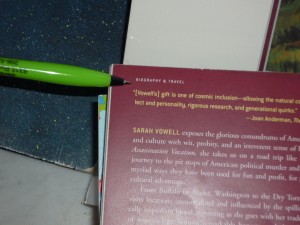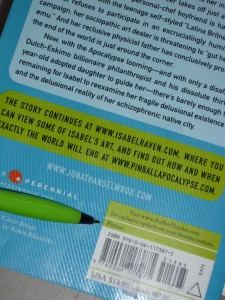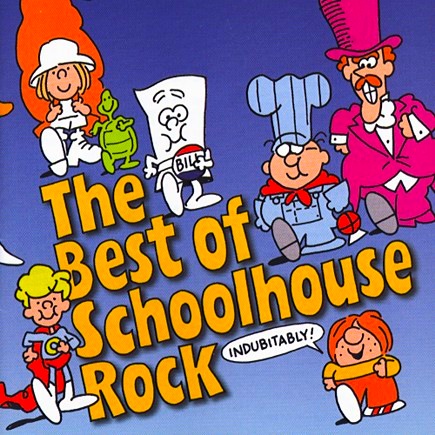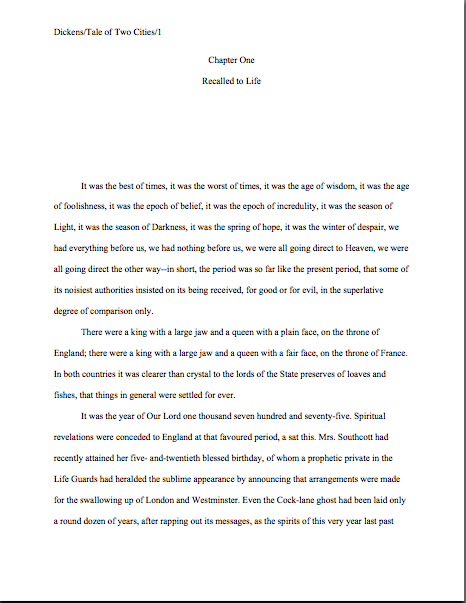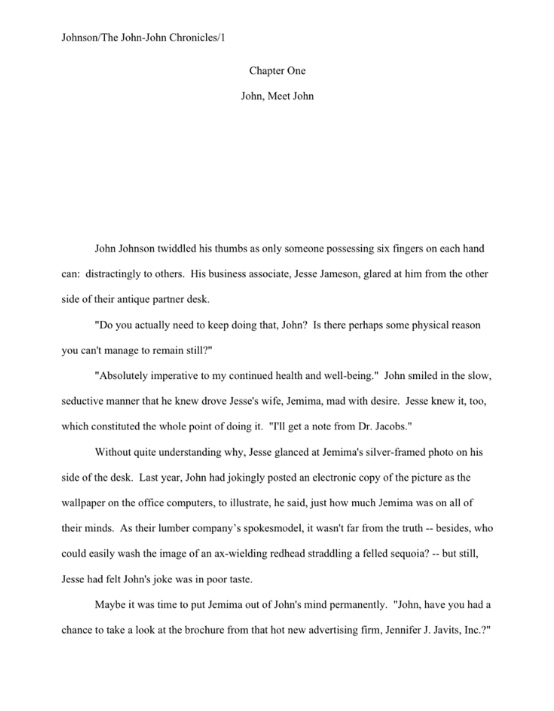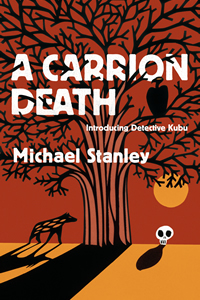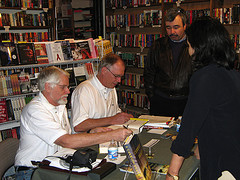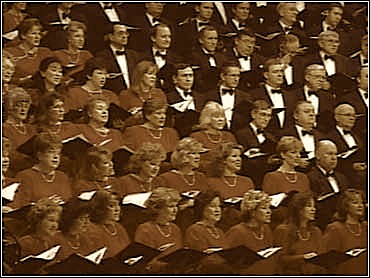
Okay, so this image is a trifle on the large side — but it’s such a goofy picture of the often-dour Ernest Hemingway that I couldn’t resist. Perhaps he had just returned from time-traveling, and so was grinning because it was so much easier for a writer to get his work published in his day than ours.
Throughout this action-packed series, we’ve been taking a gander at the big picture, the general trajectory by which writers bring their manuscripts to publication in the United States — so far, via large or mid-sized publishing houses. Those last two points represent important caveats, as does the mention of generality: what I have been doing here is giving an overview of how a specific kind of publishing and the agencies that feed it work in a specific country at this specific time; like any generalization, it’s not seeking to provide a precise prediction of the publication path of every single book that comes to print.
I mention this not so much for the benefit of those of you who have been following this series on a daily basis, but rather for those who will stumble upon it in the months and years to come via web searches or in perusing my archives (conveniently grouped by category at the lower right-hand side of this page, should you be interested). Out of series context, some future readers may conclude, mistakenly, that I intend this largely theoretical discussion to be the last word on the subject or a step-by-step instruction manual.
Not at all: these are just the basic outlines, the bare-bones narrative an aspiring needs to understand in order to strategize a writing career.
Because this discussion is so general, I would strongly encourage any writer faced with the prospect of actually doing anything I’ve been talking about here to check out the appropriate in-depth posts on each step (which are, lest I forgot to mention it, arranged by category at the ride side of the page), rather than assume (wrongly) that these non-specific posts are all the knowledge a writer should have on these subjects. Usually, as regular readers of this blog no doubt already know to their cost, I go into almost compulsive levels of detail, so trust me, there’s plenty more where this came from.
That rattling noise those of you new to the blog are hearing is the sound of my longer-term readers chuckling under their collective breath. They have already guessed that a prologue like this could only be leading up to a simply whopping set of generalizations.
Well concluded, oh chucklers. On with the sweeping statements.
Tell me again why the submission process seems to take so long?
Last time, I broached the burning question at the front of the mind of every writer who has ever submitted a manuscript to an agency: how soon will the agent make a decision about whether to represent my book?
The answer, pretty much invariably: not as quickly as the writer would like. Try not to take slow turn-around times personally — or as any reflection whatsoever upon the quality or marketability of your writing. It’s just the way the system works.
As we discussed in the previous post, agents don’t draw out the submission process just to torture writers — the delays in turn-around are often due to logistical considerations, such as the number of screening levels though which a manuscript must pass prior to the agent, how backlogged the agent’s reading schedule is (remember, she doesn’t just need to peruse new clients’ books; her existing client list keeps producing manuscripts, too), and the sheer volume of submissions an agency receives.
Oh, and people who work in agencies have lives; no one, however dedicated to literature, reads 24 hours per day, 7 days per week, 365 days per year plus one in leap year. As much as impatient writers might like them to do so.
Which is to say: despite the fact that aspiring writers tend to be very, very gifted at manufacturing creative reasons that they haven’t yet received a response after submitting requested materials, the usual reason is quite prosaic: the people at the agency who need to read the manuscript just haven’t had time to get to it yet.
Or at least, as is often the case, haven’t read beyond the first few pages. But believe it or not, when an agent skims the opening of a manuscript and sets is aside to read more closely later, that’s actually good news, from the writer’s perspective. Even if the submission subsequently gathers dust and coffee stains on the corner of his desk, its author has reason to rejoice.
Why? Well, contrary to popular belief, agents and editors will seldom read an entire manuscript before deciding to reject it. Once they come to a page (or paragraph, or even sentence) that raises a red flag, they generally stop reading altogether. One frequent flag-raiser: wildly unprofessional presentation; in case you’re not aware of it, there is a standard format for book manuscripts (explained in great detail in the posts under the HOW TO FORMAT A MANUSCRIPT and STANDARD FORMAT ILLUSTRATED categories at right).
I can sense some resistance to the concept of quick rejection floating out there in the ether. “But Anne,” the dewy-eyed idealists exclaim, “that can’t possibly be right; no one seriously interested in writing would dismiss a book without reading it. If an agent asks to see my manuscript, of course he’s going to take the time to read it!”
Oh, my dears. The explanation is going to be even harder for you to accept than what has already raised your hackles, I’m afraid.
Not only are rejected manuscripts rarely read in their entirety; as long-time readers of this blog are already painfully aware, the vast majority of submitted manuscripts get rejected on page 1. This can occur for a variety of reasons, ranging from clichéd dialogue to grammatical errors to lack of excitement in the opening scene; here at Author! Author!, we tend to spend quite a bit of our energy on how to identify and excise these manuscript red flags. (For an intensive analysis of dozens of the most common rejection reasons and tips on avoiding them in your submissions, please see the HOW NOT TO WRITE A FIRST PAGE category on the list at right.)
But back to that good news I mentioned above: if an agent reads the first few pages of a submission and sets it aside to peruse later, that means he hasn’t rejected it; unlike the overwhelming majority of submissions, its opening passed muster. Hooray!
I’m sensing more disturbance in the ether. “Okay,” the idealists concede reluctantly, “I can see how rejection might be a speedier process than acceptance. But if the agent (and his Millicent who screens things for him) makes up his mind that quickly about most rejections, does his setting my manuscript aside to read later mean that he’s already basically decided to accept it?”
Oh, would that it were that simple. Once a manuscript has cleared the instant rejection hurdle, many other criteria come into play.
What makes an agent decide to take on one manuscript, rather than another?
One reason, and one reason only: she believes that she can sell the first book in the current literary marketplace.
In other words, in her professional opinion, not only is the book is well-written and might interest people who buy and read books, but she also has the connections to editors at major or mid-sized publishing houses who will be interested in bringing this particular manuscript to publication. Furthermore, she believes that the book concept and presentation are polished enough that she can begin sending it out to editors without having first to invest tremendous amounts of her time in re-editing the work. Also, based upon how the writer has presented the manuscript and handled the querying/pitching and submission process, she believes that the writer is sufficiently professional and well enough versed in how publishing works that she will not need to hold his hand throughout every step of the process.
This extremely complicated set of conclusions is, you must admit, hardly likely to be something an agent is likely to reach on a purely spontaneous basis three lines into the manuscript — or, to put it another way, it requires far, far more reasons to accept a manuscript than to reject it. In order to come up with that array of pluses, the agent will need to spend some time getting to know the book.
However, that doesn’t necessarily mean that she will be reading it with a charitable eye. Remember, reputable agents only make money if they can sell their clients’ books: she can only afford to take on what she’s confident she can sell. So since even an extremely successful agent can take on only a few new clients per year, in practice that intensive manuscript study entails reading, like Millicent the screener, with an eye peeled for reasons not to take it on.
As an agent of my acquaintance likes to say, he scours the first 185 pages of a submission from a would-be client eager to find reasons to reject it. After he’s invested the time to read up through page 185, he starts looking for reasons to accept it.
And those reasons will not necessarily be purely literary, or even aesthetic; agenting is, after all, not a non-profit enterprise devoted to the cause of art for art’s sake, but a business.
The choice to sign a client, then, is very seldom purely the result of the agent’s just falling in love with the book at first sight — although rejection often does come that quickly. She may well fall in love with it eventually, but it’s a more mature, reasoned sort of love, the result of a considered decision, not a gut impulse.
I’m bringing this up because often, the underlying assumption behind the “But what’s taking so long?” cri de coeur is not just the mistaken assumption that an agent who requested materials will drop everything in order to read them the moment they arrive, but also the belief that if a book is compelling, the reader won’t be able to put it down until she finishes reading it.
Trust me, people who read manuscripts for a living manage it. If they didn’t, they’d never be able to leave work at the end of the day or go to sleep at night.
Another frequent submitter’s assumption is that good writing is so arresting that any professional reader worth her salt should be able to identify an exciting new voice instantly, practically from the top of page 1. While it is often the case that good writing will make professional readers think, “Wow, I’m looking forward to reading on!” that does not mean that the initial tingle of hope should be confused with the ultimate decision to represent the book.
The former merely means that the latter outcome is possible, not that it is guaranteed.
Thus, the secret writerly fantasy about a literary agent’s taking one look at a query letter or hearing a pitch and crying, “STOP! I don’t need to know anything else! I must sign this writer immediately!” just doesn’t happen in real life. (Well, okay, so it does happen to the occasional celebrity, but I’m guessing that if any of you were already famous and/or internationally disreputable, my blog wouldn’t be the first place you would look to find out how to seek representation, so I’ll move on.) A reputable agent is going to want to read the manuscript in its entirety before making up her mind — or, for nonfiction, the entire book proposal.
Yes, no matter how stellar the book’s premise may be or how good the writer’s credentials may be for writing it. Many a marvelous idea has been scuttled by poor presentation. As they like to say in the industry, it all depends on the writing.
Yet that truism is a trifle misleading, because writing quality alone is not necessarily enough going to be enough to charm an agent into agreeing to represent a book. Yes, the agent generally has to like the writing, find the premise appealing, regard the characters as well-rounded and believable, and so forth, but since she will have to make a substantive argument to an editor about how this manuscript is different and better than both similar books already on the market and the other manuscripts the editor is likely to see anytime soon, she does need to pay close attention to the book’s selling points over and above the beauty of the writing.
Including, incidentally, whether the manuscript is the kind of book that’s selling right now. Not what is currently featured in bookstores at the moment, but what editors are buying now — as we discussed earlier in this series, there’s generally at least a year between when a publisher acquires a book and when it’s released, so what consumers may buy today is actually a reflection of what editors were buying 12 or 15 months ago, possibly more.
This fact is crucial for aspiring writers to understand, as it has a huge effect on the marketability of their manuscripts, from an agent’s perspective.
Since the book market is notoriously susceptible to trends — ask anyone who happened to be trying to sell a vampire romance immediately after the TWILIGHT series hit the bestseller lists, or anyone attempting to market a memoir just after the A MILLION LITTLE PIECES scandal broke — agents’ self-protective attention to what is selling now, as opposed to 5, 15, or 100 years ago, often means that a manuscript that would have experienced little difficulty finding representation in another year might seem like too big a risk to for an agent to take on now, and vice versa.
Yes, you are understanding me correctly: from an agent’s point of view, a good book is not necessarily a marketable book — and a book that is marketable today is not necessarily what will be considered especially marketable six months or two years from now.
Which is why, in case those of you who have attended writers’ conferences recently have been wondering, some agents are prone to telling rooms full of gaping aspiring writers, “Oh, no one is buying that kind of book anymore.” They don’t mean that the specified type is never going to sell again — they mean that there isn’t a particularly strong demand for it amongst editors at the major houses right now.
But as an honest agent will be the first to tell you, no one can possibly say for sure what will be selling well next year. Especially given current market conditions.
So when aspiring writers complain about how books like theirs are not finding agents these days, it’s unlikely to strike anyone affiliated with the publishing industry as a searing indictment of their collective aesthetic judgment, but rather as a simple statement of fact about the current literary market. That some types of writing will fall out of fashion from time to time is inevitable; that ones that were not hot in the past will become so is equally inevitable.
If it sounds like I’m spouting that old truism about the weather, if you don’t like it, wait a minute, then congratulations: you’re catching on to how publishing works. See why it’s so vital to a writer’s continued happiness not to take the vagaries of the literary market personally?
Next time, I shall talk about what happens after an agent decides to represent a writer; I had intended to tackle that this time — in fact, it was the original title of today’s post — but as is my wont, I became absorbed in a preliminary topic. Don’t say I didn’t warn you.
Keep up the good work!


